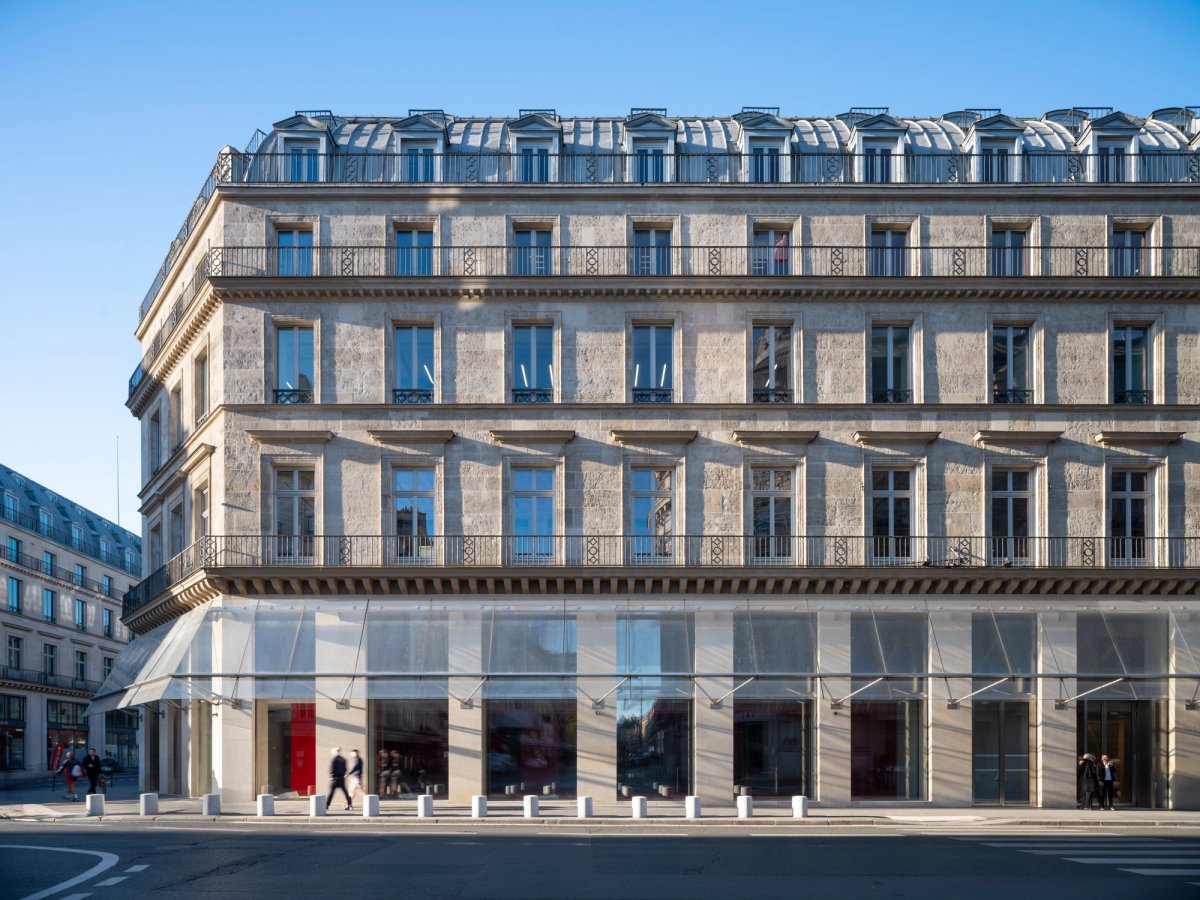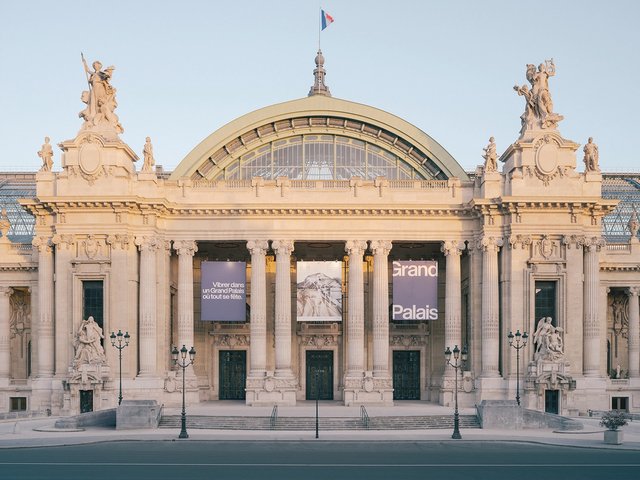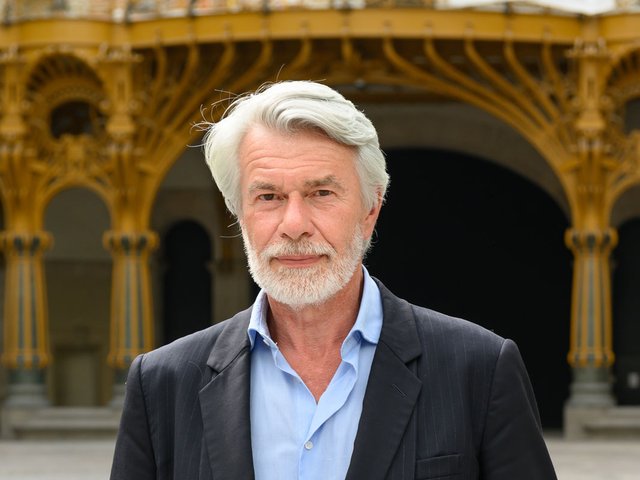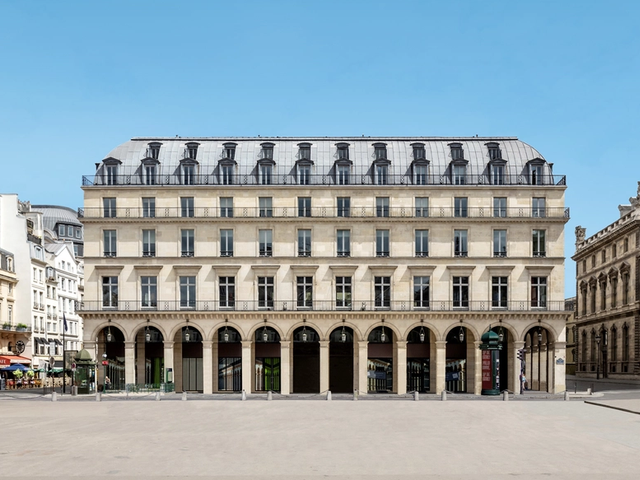The Fondation Cartier pour l’art contemporain, one of Europe’s most high-profile private sector cultural organisations, will lay bare its vast collection at the opening of its highly anticipated new Paris gallery later this month. Over 600 works by more than 100 artists will go on show in the inaugural exhibition at the new space located at the Place du Palais-Royal, opposite the Louvre.
The new building, part of the former Louvre des Antiquaires complex, has been reconfigured by the French architect Jean Nouvel, boosting the capital’s burgeoning contemporary art scene. The gallery's launch exhibition, Exposition Générale (25 October-23 August 2026), is designed by the Italian studio Formafantasma.
Chris Dercon, the managing director of Fondation Cartier, says: “I think if there is one characteristic about this first exhibition in relationship to the building, it is that we laid open the collection. Now we [draw upon] 40 years of collecting, and that means there is tremendous interest in our set of works. Of course, we had to make a choice. We can only show 600 works from a collection of around 4,500.”
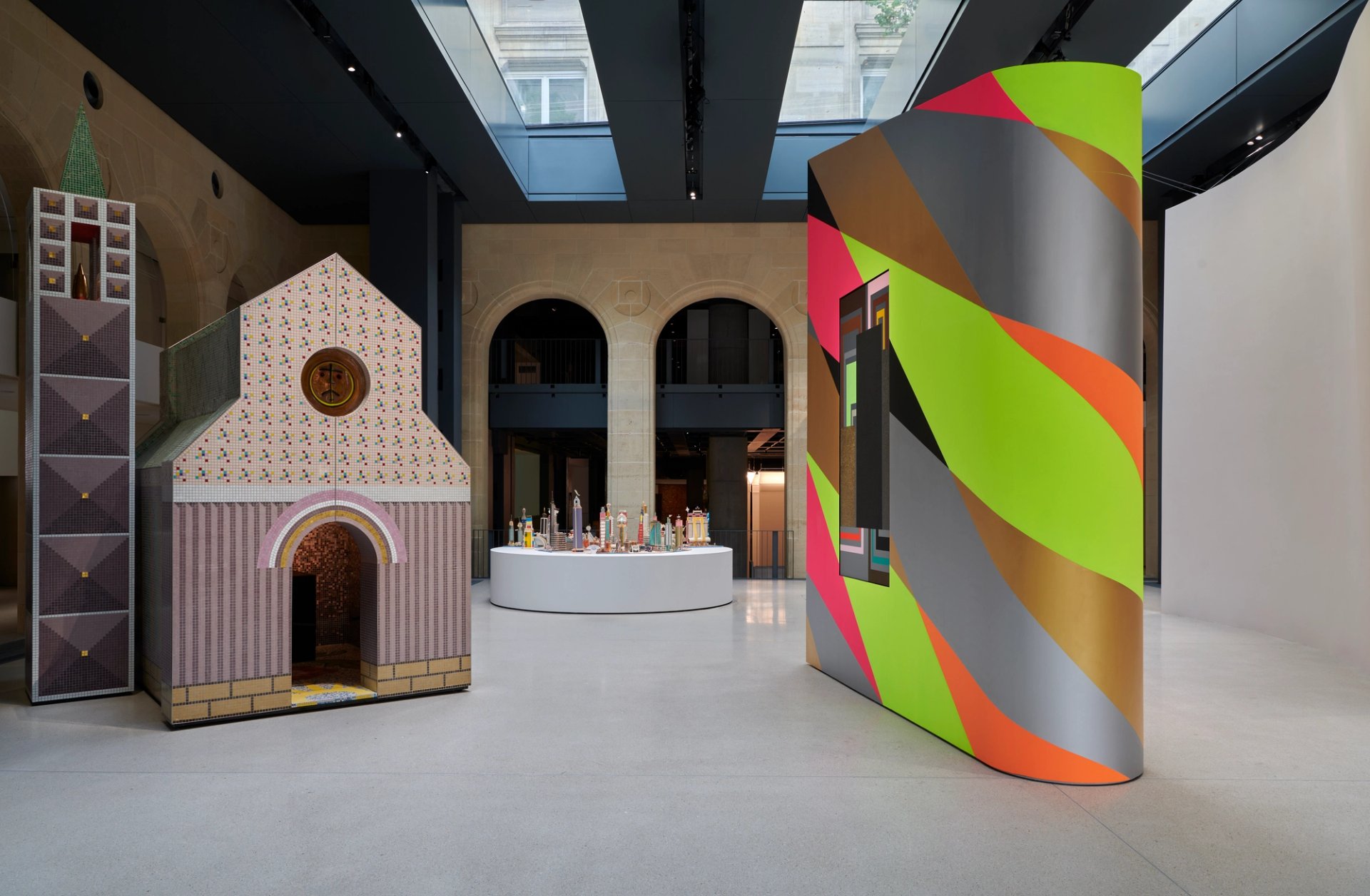
View from Level-1. Andrea Branzi, Gazebo
Cyril Marcilhacy
The exhibition's title, Exposition Générale, refers to the history of the location and the building. Originally created as the Grand Hotel du Louvre to accommodate visitors to Exposition Universelle of 1889—a world's fair known in English as the Paris Exposition—the venue later became the Grands Magasins du Louvre (1880-1977), with the hotel salons converted into commercial exhibition spaces. This commercial aspect continued with the Louvre des Antiquaires (1977-2018).
Exposition Générale includes key works by artists as Sarah Sze, Rinko Kawauchi, Patti Smith, James Turrell and Vija Celmins. According to a a project statement, these pieces are spread across four thematic sections that “reinterpret the encyclopaedic museum model”. The sections are Machines d’architecture, described as “an ephemeral architectural laboratory”; Être nature, which “brings the forest into the building”; Making Things, “a space for experimentation with materials and techniques” and un monde réel, which explores technological and dystopian visions.
The Making Things section also includes works by artists such as Joan Mitchell (Grande Vallée VI, 1984) and Damien Hirst (Wonderful World Blossom, 2018). “I just had a discussion about the position of the Mitchell and Hirst works,” says Dercon.
“They are almost in an intimate situation because they're at the back of Olga de Amaral’s work and in front of a designed landscape by Andrea Branzi (Gazebo, 2008). There are these unexpected dialogues.”
EXIT, an immersive installation created in 2008 by Diller Scofidio + Renfro, based on an original idea by the philosopher Paul Virilio, uses data collected by scientists to map different types of migratory flows. The work is included in the section, un monde reel. “In the case of the Diller work, we had to update the piece because it's a work about the political situation which in terms of immigration and the data has changed enormously today,” Dercon says.
In the future, the the Place du Palais-Royal space will host two main exhibitions annually, based on a transdisciplinary approach. Dercon explains: “We will look for artists which are not well known here who deserve to be shown. It's going to be very different from other foundations because of the character of our exhibitions, our identity, our collection.”
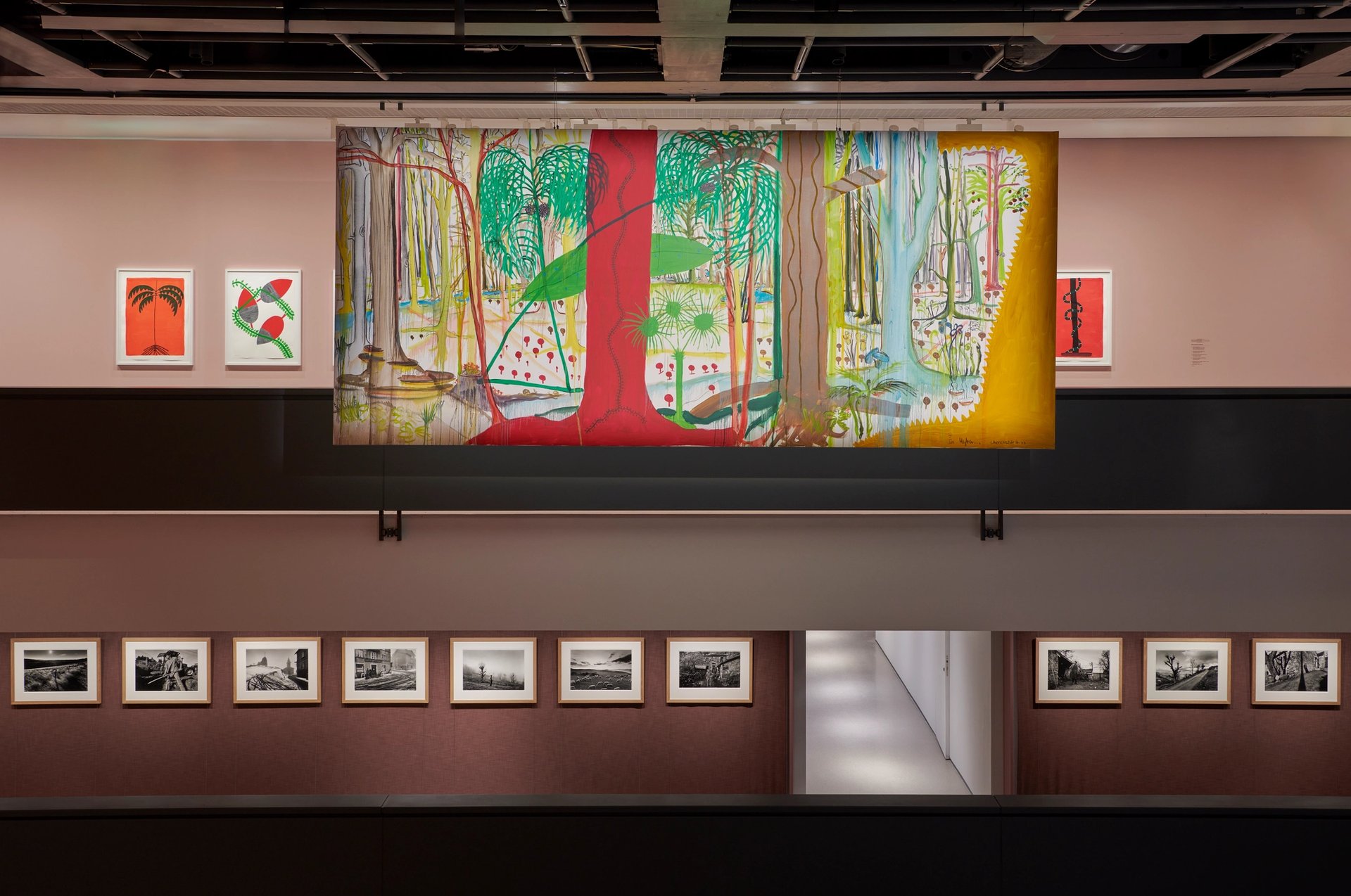
Works by Sheroanawe Hakihiiwe, Fabrice Hyber and Raymond Depardon
Marc Domage
The director adds that exhibitions will have an international focus, often exploring Africa and Latin America. Next autumn, the Fondation Cartier will present The Harvest, the first major exhibition in France dedicated to the Ghanaian artist Ibrahim Mahama.
The new Fondation Cartier venue covers 8,500 sq. m accessible to the public, with 6,500 sq. m of exhibition space, housing a library, auditorium and a restaurant. The new building encompasses five “mobile platforms” which can be modified and moved.
Dercon says: “We can choose the constellation of the platforms—we can choose [the arrangement] with the artist, with the curators; we can choose this also depending on the theme or character of an exhibition, and whether it is a group exhibition or a monographic show.
“These new types of art spaces are functional and very valuable. Especially when you think about a collection like the Fondation Cartier’s which is a collection of in betweenness—in between art and design, in between design and architecture, in between arts and crafts.
“That form of in betweenness, you can solve it in two ways. You can create a separate wing for the design section or a separate wing for the architecture, and then you have some crafts in another wing. But in this building, all these disciplines, they talk to each other.”
External spaces are just as important as internal areas; an underground passage that once connected the Métro to the Grands Magasins— known as Galerie Valois—will for instance host displays linked to the main exhibitions at the Place du Palais-Royal. “Jean’s [Nouvel’s] concept is also about the outside and the context of the location and the historic area,” Dercon says.
The cost of transforming the historic site is undisclosed. “The cost is ridiculous—and confidential,” Alain Dominque Perrin, the president of the Fondation Cartier, told The Art Newspaper in 2024. Standard admission costs €15 with free admission for visitors under 18, visitors on income support, disabled visitors and asylum seekers, among others.
The Fondation Cartier opened in Jouy-en-Josas in the Île-de-France region in October 1984, then headed by Marie-Claude Beaud with Perrin as president. Jean Nouvel also designed the Fondation Cartier’s former home, the glass and steel building on the Boulevard Raspail in Montparnasse, Paris, which opened in 1994.
Other private patrons have followed Cartier’s lead and in recent years, Paris has become a mecca for private art foundations. Bernard Arnault, the owner of the LVMH luxury goods conglomerate and the founder of the Fondation Louis Vuitton in Paris, opened his contemporary art museum in the Bois de Boulogne in 2014.


